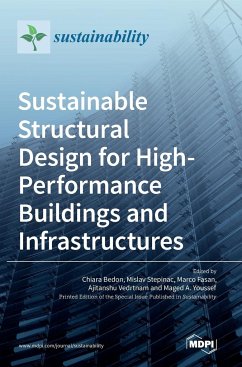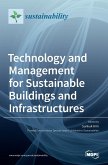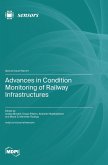Exceptional design loads on buildings and structures may have different causes, including high-strain natural hazards, man-made attacks and accidents, and extreme operational conditions. All of these aspects can be critical for specific structural typologies and/or materials that are particularly sensitive. Dedicated and refined methods are thus required for design, analysis, and maintenance under structures' expected lifetimes. Major challenges are related to the structural typology and material properties. Further issues are related to the need for the mitigation or retrofitting of existing structures, or from the optimal and safe design of innovative materials/systems. Finally, in some cases, no design recommendations are available, and thus experimental investigations can have a key role in the overall process. For this SI, we have invited scientists to focus on the recent advancements and trends in the sustainable design of high-performance buildings and structures. Special attention has been given to materials and systems, but also to buildings and infrastructures that can be subjected to extreme design loads. This can be the case of exceptional natural events or unfavorable ambient conditions. The assessment of hazard and risk associated with structures and civil infrastructure systems is important for the preservation and protection of built environments. New procedures, methods, and more precise rules for safety design and the protection of sustainable structures are, however, needed.
Hinweis: Dieser Artikel kann nur an eine deutsche Lieferadresse ausgeliefert werden.
Hinweis: Dieser Artikel kann nur an eine deutsche Lieferadresse ausgeliefert werden.








